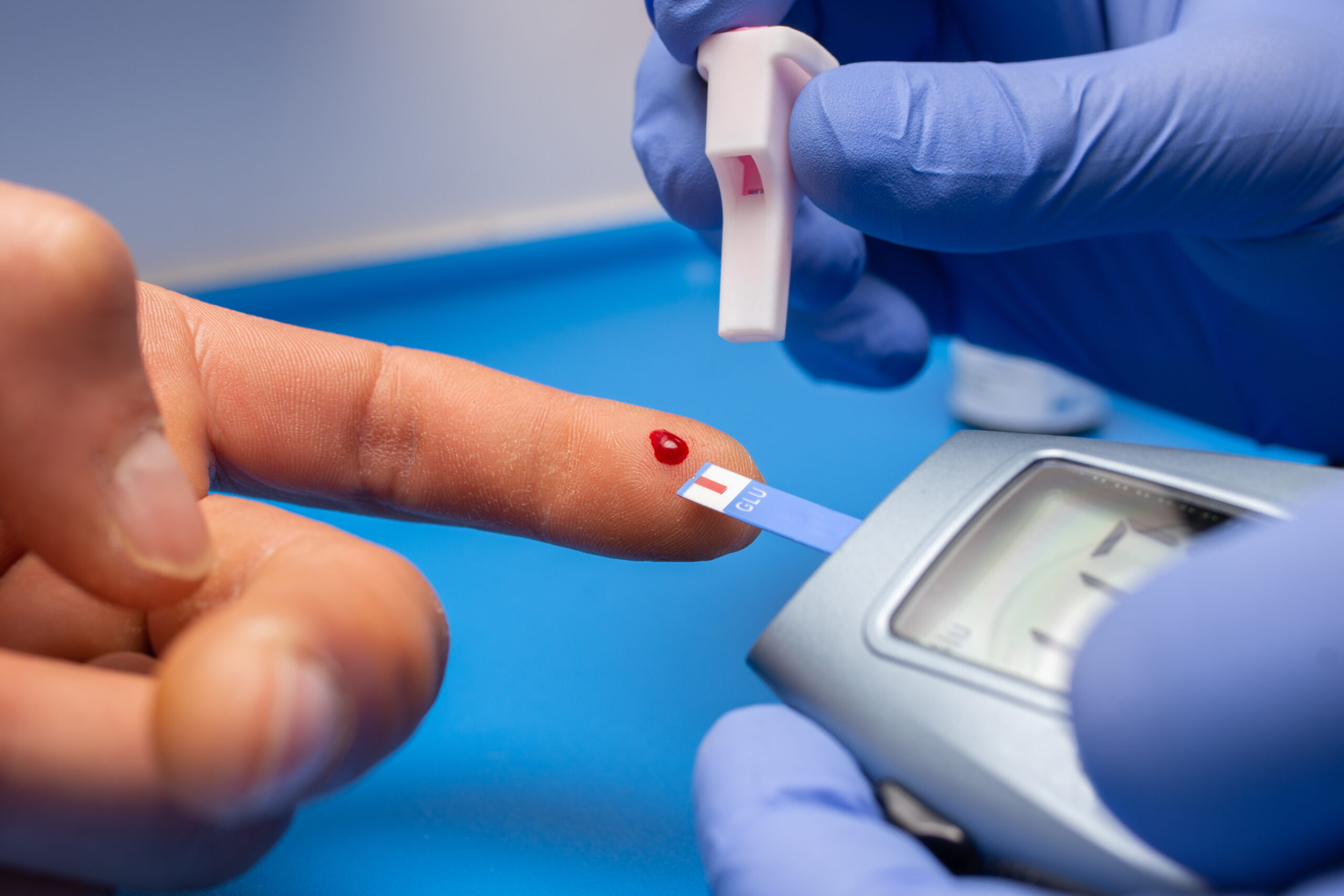Navigating the Journey of Prediabetes: An Overview for Adults and Children

Prediabetes is a critical health condition characterized by elevated blood sugar levels that are not high enough to be classified as type 2 diabetes. It serves as an important warning sign, indicating a higher risk of developing diabetes, heart disease, and stroke. Recent data from the Centers for Disease Control and Prevention (CDC) suggests that over 88 million adults, or approximately 34% of the adult population in the United States, have prediabetes, and it is important to recognize that this condition can affect both adults and children.
Signs and Symptoms
Prediabetes often presents without obvious symptoms, making it particularly insidious. However, individuals may experience some telltale signs, including:
– Increased thirst and frequent urination
– Fatigue
– Blurred vision
– Areas of darkened skin (acanthosis nigricans) often found in the neck and armpits
Because most individuals with prediabetes are asymptomatic, it is recommended for adults over 45 and those with risk factors, such as obesity or a family history of diabetes, to undergo regular screening.
Effects of Prediabetes
If left unaddressed, prediabetes can progress to type 2 diabetes, which carries significant health risks, including cardiovascular disease, nerve damage, kidney failure, and vision problems. Moreover, children with prediabetes are at risk for developing obesity and metabolic syndrome, increasing their likelihood of chronic health issues as they age.
Challenges in Management
One of the primary challenges in managing prediabetes is the lack of awareness. Many individuals do not realize they have prediabetes, and the gradual onset makes it difficult to identify without routine testing. Additionally, lifestyle changes—often required to reverse prediabetes—can be difficult to implement and maintain due to factors such as busy schedules, lack of access to healthy foods, and socioeconomic challenges.
Treatments for Prediabetes
Managing prediabetes largely centers around lifestyle modifications:
1. *Dietary Changes:* Emphasizing a balanced diet rich in whole grains, lean proteins, fruits, and vegetables while reducing sugar and processed food intake can help lower blood sugar levels.
2. *Physical Activity:* Regular physical activity (at least 150 minutes of moderate-intensity exercise per week) is crucial for improving insulin sensitivity and achieving a healthy weight.
3. *Weight Management:* For those who are overweight, losing even a modest amount of body weight (5-10% of total body weight) can significantly reduce the chances of progressing to diabetes.
4. *Medication:* In some cases, healthcare providers may prescribe metformin, a medication that can help control blood sugar levels, especially for individuals at higher risk of developing diabetes.
Conclusion
Prediabetes is a significant health concern affecting millions of adults and children, often without obvious symptoms. Awareness and early intervention are vital to preventing progression to type 2 diabetes and its associated complications. By focusing on lifestyle changes and regular health check-ups, individuals can take proactive steps toward better health and well-being. It is important for both individuals and families to understand the risk factors and to seek guidance from healthcare professionals to manage or reverse prediabetes effectively.
(Note: This article briefly overviews the subject and does not provide medical advice. If you suspect you may require more information about Prediabetes, consult with a healthcare professional.)



